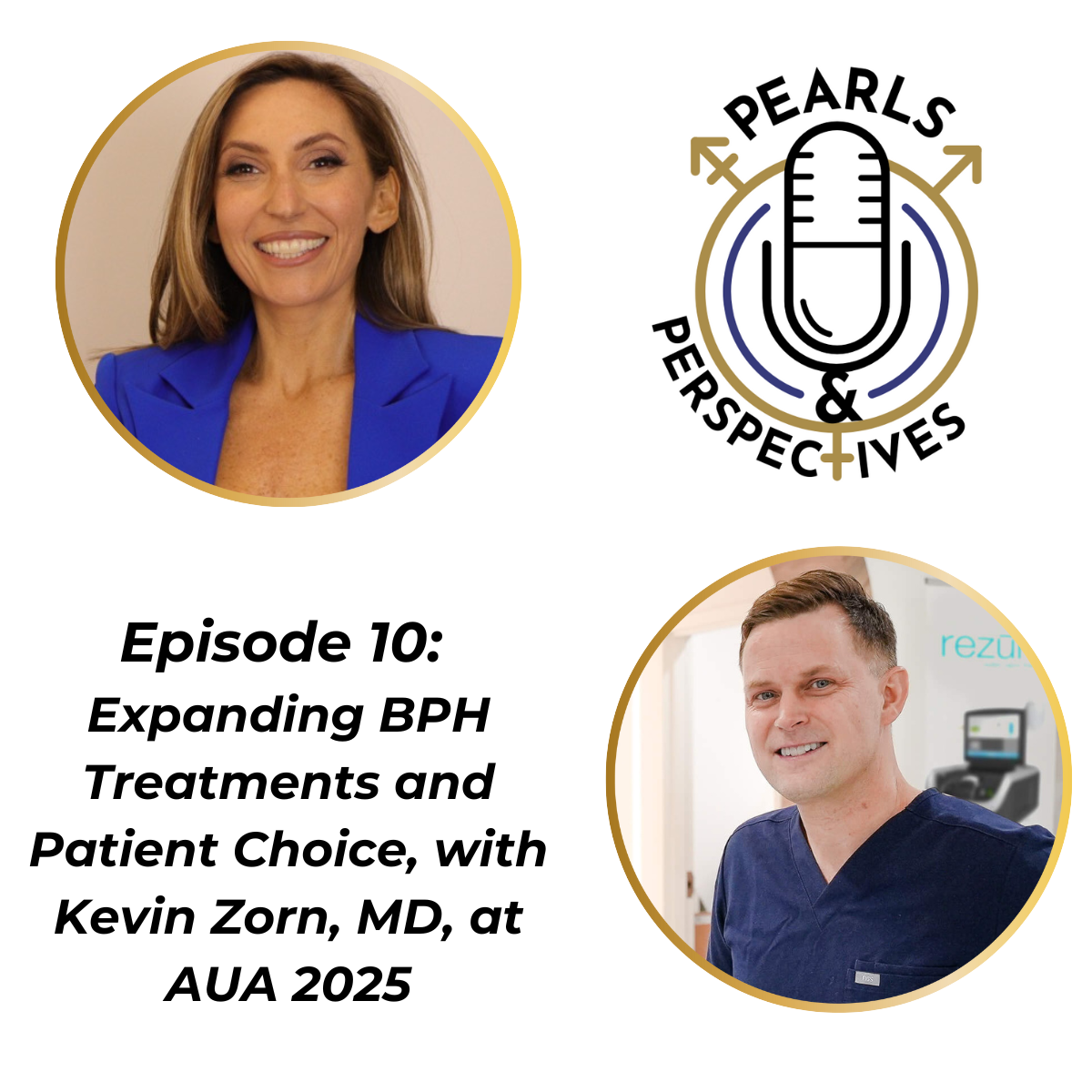News
Article
NKT2152 shows strong efficacy in advanced clear cell renal cell carcinoma
Author(s):
“NKT2152 demonstrated robust anti-tumor activity in a heavily pretreated, high-risk advanced clear cell renal cell carcinoma population," said Eric Jonasch, MD.
The investigational oral HIF-2α inhibitor NKT2152 showed strong anti-tumor activity in a population of patients with heavily pretreated advanced clear cell renal cell carcinoma, according to findings from an ongoing phase 1/2 study (NCT05119335).1
Eric Jonasch, MD

“In sporadic clear cell renal cell carcinoma, the majority of these tumors will have some functional inactivation in [Von Hippel-Lindau], which will result in upregulation of HIF-1α and HIF-2α, which is targetable. And there’s an agent that’s already been approved in this setting, but this is another agent that will interact with HIF-2α, prevent HIF-2 and HIF-1β heterodimerization, and will then prevent the downstream transcription of these various HIF-dependent genes,” explained presenter Eric Jonasch, MD, professor of genitourinary medical oncology at the University of Texas MD Anderson Cancer Center in Houston. Jonasch presented the data at the 2024 European Society for Medical Oncology Congress in Barcelona, Spain.
The trial included a dose-escalation group comprised, a clinical pharmacology group examining drug-drug interactions and urine metabolites, a dose expansion group, and a post-belzutifan (Welireg) group. A total of 113 patients have been enrolled in the trial, with 46 (41%) patients receiving ongoing treatment. Forty-four (39%) patients have discontinued the trial due to disease/clinical progression. For the part 1 dose escalation, median follow-up was 20.8 months (range, 10.3-31.2 months), and overall median follow-up was 13.5 months (range, 0.23-31.2 months).
The study incorporated 4 daily dose and 4 loading/maintenance dosing regimens.
“The study started off looking at daily dosing. It started off with 200 and then looked at 50, 100, and 300 mg. And as it was apparent that there was significant accumulation of this agent to due to long half-life, loading and maintenance regimens…were then investigated. These included loading for a period of time followed by daily dosing as well as loading followed by weekly dosing,” Jonasch said. The phase 2 expansion included 2 randomized dose evaluation regimens consisting of 200 mg QD for 14 days, then 50 mg QD and 100 mg QD for 7 days, then 100 mg QW.
Across the entire patient population, 41 (36.3%) patients were IMDC poor risk. A total of 106 (93.8%) patients had received prior VEGF-TKI therapy, 110 (97.3%) had received a prior immunotherapy, and 32 (28.3%) patients had received a prior mTOR inhibitor.
Jonasch reported that the pharmacokinetics were dose linear and time independent, with a median half-life of 38 days.
The investigators also evaluated EPO inhibition. EPO, Jonasch explained, is a HIF-2α client gene.
“We saw that there was significant and sustained EPO suppression at all dose levels. [The] maximal was 72%,” Jonasch said.
Across the entire cohort, the objective response rate (ORR) was 20% compared with 26.3% in the dose escalation cohort. ORR was higher in patients IMDC favorable status (33.3%) vs IMDC poor (11.4%), and was 35.6% in patients who were mTOR naïve.
“Median duration of response has not yet been reached,” Jonasch said. Median progression-free survival was 7.4 months across the entire cohort and 9.2 months in the dose escalation cohort.
Approximately 92% of patients experienced an adverse event, including anemia in 71% of patients, fatigue in 30%, and hypoxia in 25%.
“Dose-limiting toxicities included fatigue and hypoxia,” Jonasch said.
In his concluding remarks, Jonasch said, “NKT2152 demonstrated robust anti-tumor activity in a heavily pretreated, high-risk advanced clear cell renal cell carcinoma population. Objective response rate in the 100 overall patient group was 20%, with progression-free survival of 7.4. In the part 1, with dose escalation, we saw an objective response rate of 26.3% and a PFS of 9.2 months. In patients with no prior mTOR treatment, objective response rate was 35%, and PFS was 12.7 months…We have 2 dose regimens that are undergoing further evaluation and comparison.”
REFERENCE
1. Jonasch E, McGregor BA, Msaouel P, et al. NKT2152, a novel oral HIF-2α inhibitor, in participants (pts) with previously treated advanced clear cell renal carcinoma (accRCC): Preliminary results of a phase I/II study. Presented at: 2024 European Society for Medical Oncology Annual Congress. September 13-17, 2024. Barcelona, Spain. Abstract 1690O. https://cslide.ctimeetingtech.com/esmo2024/attendee/confcal/session/calendar?q=1690O

















